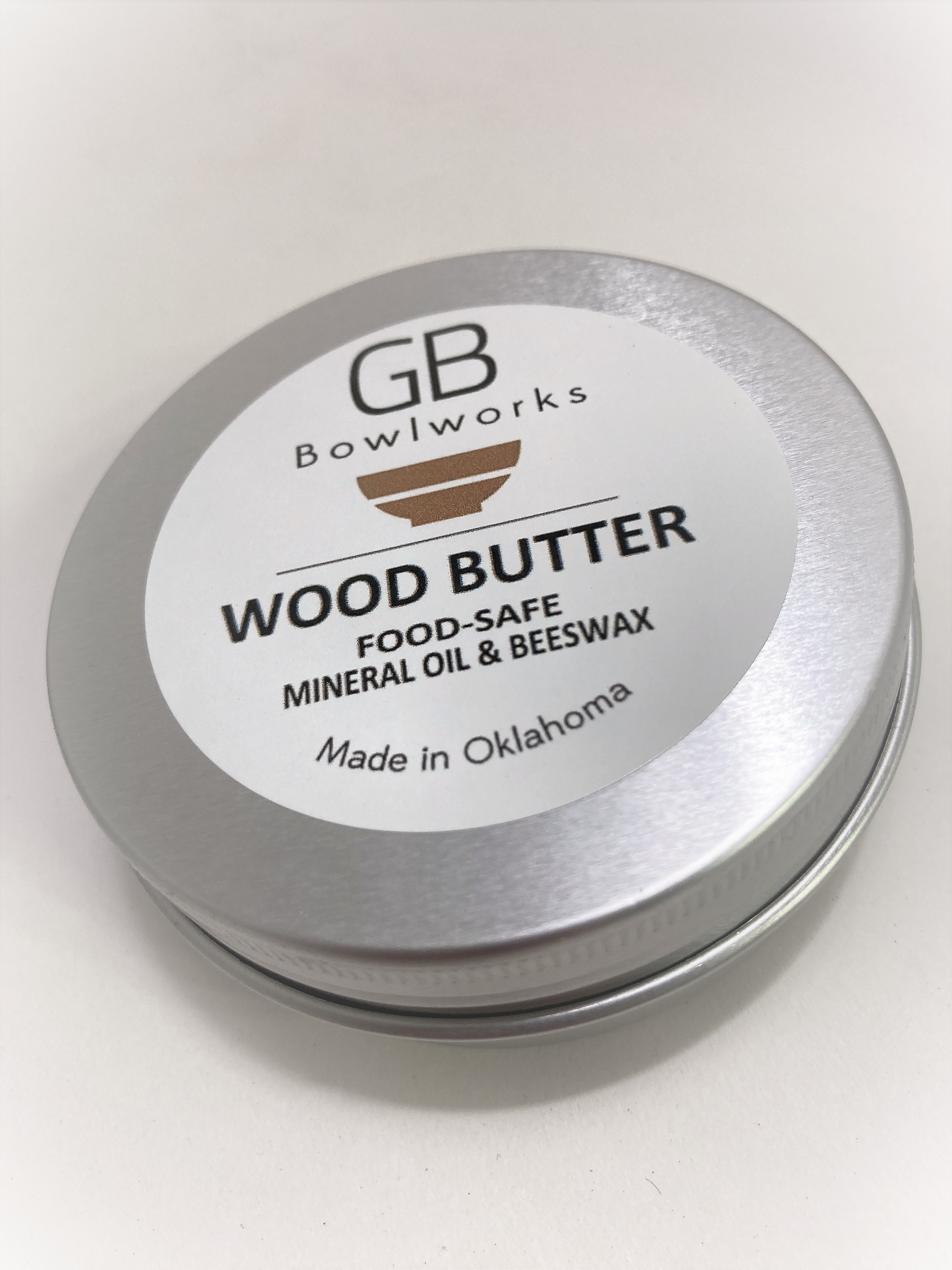Applying Finish
December 13, 2020
I work every day at finding ways to simplify and perfect all aspects of my shop work. Over time, I have figured out ways that work for me, that I'm completely happy with, and that don't come back to bite me down the road!!
When it comes to applying finish, I follow that old analogy of "KISS" or "Keep It Simple Stupid." I have two types of finish I apply, one for decorative pieces and one for pieces that need a food-safe finish. I'll discuss each type here.
For food-safe finishes, I use a simple mineral oil that I purchase from a few local stores like Walmart and Target. I buy it in the pharmacy area and keep several bottles in my shop. It comes in 16oz bottles and lasts a long time. Mineral oil is completely safe, can be used as a laxative (don't ask me anything about that) and assures me that when I sell a salad bowl or cutting board, NO ONE should have any allergic reactions ever. While Walnut oil is popular and I started out using it, there are customers that have nut allergies and I'd just rather not risk anyone having a problem.
I'll apply several coats of mineral oil to the piece, let it soak in, and then reapply until it won't soak in anymore. Period. I'm done. It's ready to ship or hand off to the customer.
Now, onto the finish I use for decorative pieces. I've experimented over the years, probably like you, with various types of finish on decorative pieces. I decided, after several of these efforts failed, to find a good product and stick with it. Remember, keep it simple...and effective.
I preach the mantra of slowing down, taking your time, but when it comes to applying my finish to decorative pieces, it doesn't take me long with the product I use -- Myland's Sanding Sealer (Cellulose) and Myland's Friction Polish. The cellulose sanding sealer helps seal the open pores of raw hardwood helping keep colors from running (Padauk is notorious for that!) and it's fast drying, like 30 seconds fast! I sand to 320, apply the sanding sealer, then sand 400 and 600, and I'm ready to move on to the friction polish. I can apply three coats of the friction polish to the interior and exterior of a piece in less than 20 minutes and know that I've got a finish that will last for years. How do I know this? I've got pieces around the house that I finished 15 years ago with Myland's and they look like they did the day I finished them.
Lastly, I've come up with a product to send out with each food-safe piece I make. It's my own GB Bowlworks Wood Butter. It's a combination of mineral oil and organic beeswax with a hint of lemon. It's a paste that you apply occasionally to your salad bowl or cutting board that keeps your product looking good for years.

I've arrived at the methods discussed above after many years of attempts, failed and successful, that I'm happy with. Maybe I've given you an idea to assist you in your finishing process.
